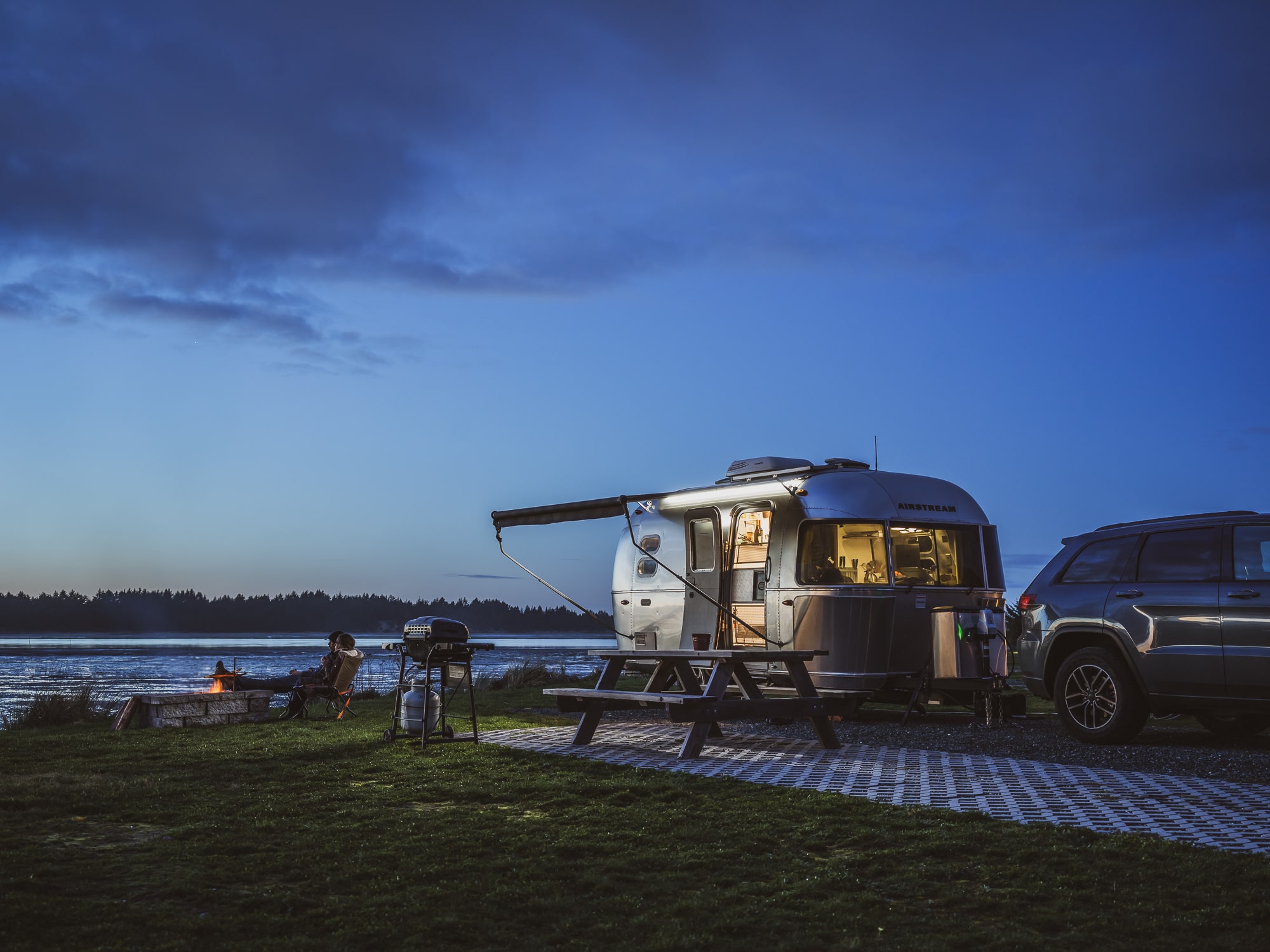
How to Layer Clothing for Cold Weather
Surviving in cold weather can be a challenge if you’re not adequately prepared. One of the most effective strategies is to layer your clothing, which provides flexibility and maximum warmth. This article aims to guide you on how to properly layer for cold weather.
Why You Need to Layer for the Cold
Layering is not just about wearing lots of clothes; it’s a strategic approach to ensure your body retains heat. It also allows you to adjust to changing weather conditions and activity levels by adding or removing layers.
Layering is a crucial strategy when dressing for cold weather because it allows for flexibility based on changing temperatures and activity levels. When you layer your clothing, you create multiple levels of insulation. The trapped air between layers keeps you warmer than one single layer of the same thickness. Additionally, layering makes it easier to regulate your body temperature by adding or removing layers as needed.
It’s important to note that effective layering involves more than just piling on clothes. Each layer has a purpose: the base layer wicks sweat off your skin, the middle layer retains body heat to protect you from the cold, and the outer layer shields you from wind and rain. Using this method, you can stay dry and warm in a variety of outdoor conditions.
Best Way to Layer for Cold Weather
When layering for cold weather, the key is adopting the three-layer system: base, mid, and outer layer. The base layer, closest to your skin, should be made of moisture-wicking material to draw sweat away from the body, keeping you dry and comfortable. Materials like polyester, nylon, or merino wool are excellent choices for this layer. Avoid cotton as it tends to hold moisture, causing you to feel cold and clammy.
The mid-layer is the insulating layer, tasked with retaining body heat to keep you warm. Fleece jackets, down jackets, or a lightweight wool sweater can serve well as a mid-layer. The outer layer protects you from the elements and should be windproof, waterproof, yet breathable. Selecting quality outerwear is crucial as it shields you from snow, wind, and rain, allowing you to enjoy your time outdoors, even in chilly conditions.
How to Keep Different Body Parts Warm
Keeping different extremities warm in cold weather requires specific strategies. For the head, a thermal beanie or hat is ideal, as a significant amount of body heat is lost through this area. To protect your hands, insulated gloves are recommended, and if you are going to be in extremely cold conditions, glove liners can provide an extra layer of warmth. As for your feet, thermal socks made of wool or synthetic material are ideal to keep them cozy.
Additionally, wearing insulated, waterproof boots will not only keep your feet warm, but also dry.
Layering in Different Weather
The types of layers you need depend on the weather conditions. In damp conditions, waterproof outer layers are crucial, while in dry, cold weather, focusing on insulation is more important.
Layering clothing is an essential skill for maintaining comfort and safety in diverse weather conditions. In colder climates, start with a moisture-wicking base layer to keep sweat away from your skin, followed by an insulating middle layer like a fleece to retain heat. The outer layer should be waterproof and wind-resistant to protect against rain, snow, and wind.
In milder weather, a base layer and an adaptable outer layer may suffice. The base layer should be breathable and moisture-wicking to keep the body dry and cool, while the outer layer can be a light jacket or vest that can be easily removed and carried.
For hot and dry conditions, lightweight, loose-fitting clothing in light colors is recommended to reflect sunlight and promote airflow, while also providing protection against the sun.
Consider Your Activities When Packing
The intensity and duration of your activities should also influence your clothing choices. For high-intensity activities, breathable layers are essential to avoid overheating and sweating, which can lead to getting cold.
Packing the right clothing for cold weather activities can make the difference between a comfortable, enjoyable experience and a challenging, potentially dangerous one. It’s crucial to consider the nature of the activities you’ll be doing.
If you’ll be skiing, snowboarding, or participating in other high-energy activities, you’ll generate body heat and sweat, so you’ll want clothing that is breathable and wicking to help manage moisture. Layering is key; start with a moisture-wicking base layer, add an insulating middle layer (like fleece or wool), and top it off with a waterproof and windproof outer layer.
On the other hand, if your activities are more static, such as bird watching or ice fishing, your body won’t generate as much heat, so you’ll need heavier insulation to keep warm. Opt for thicker base and middle layers, and consider a down-filled outer layer for maximum warmth.
Don’t forget about your extremities – insulated gloves, thick socks, and a warm hat are a must. Keep in mind that having multiple lighter layers often provides better insulation and more flexibility than one heavy garment. Dressing appropriately for cold weather activities not only enhances comfort but also ensures safety.
Remember, staying warm in cold weather is all about being prepared and flexible with your layers. Be mindful of your body’s needs, adjust your layers as needed, and you’ll be able to enjoy the cold weather comfortably.

